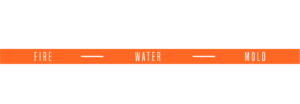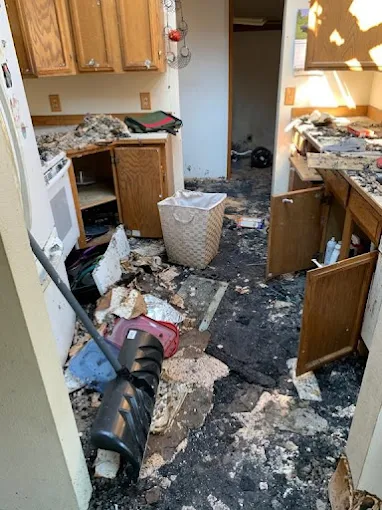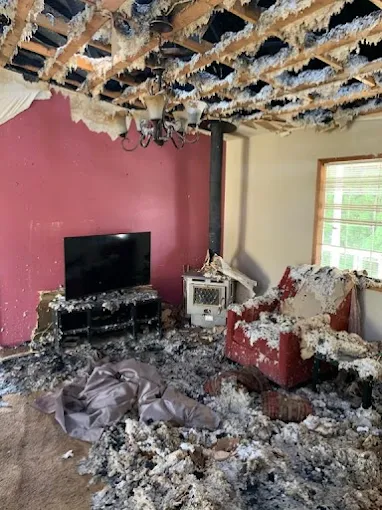When people think of home damage, they often imagine dramatic events like fires or floods. But one of the most silent, stubborn, and sneaky threats to your home is mold. It doesn’t make a loud entrance—and by the time you notice it, the damage could already be significant. Mold can hide behind walls, under floors, and even in your air ducts, quietly eating away at your property and health.
Let’s uncover what makes mold damage so dangerous, how it spreads, and what you can do to protect your home.
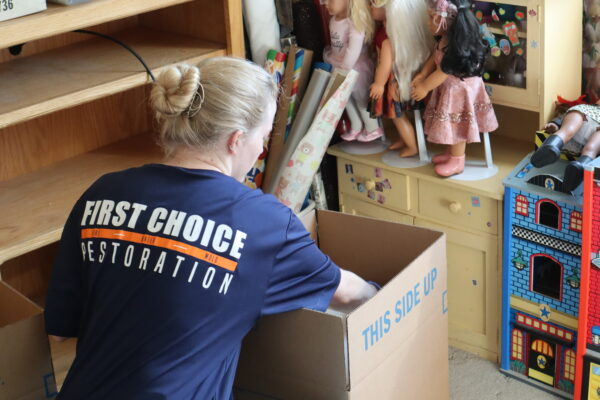
Why Mold Damage Is More Serious Than You Think
Mold isn’t just unsightly; it’s a warning sign that moisture has found its way into your home—and where there’s moisture, there’s a problem. Mold grows by feeding on organic materials like wood, drywall, fabric, and insulation. The longer it remains, the more it weakens these materials, leading to costly repairs and potential health risks.
In severe cases, mold damage can compromise the structural integrity of your home, forcing entire walls or flooring systems to be replaced.
Top Spots Mold Loves to Hide
Mold can thrive anywhere there’s moisture and little airflow. Some of its favorite hiding places include:
- Behind drywall and wallpaper
- Underneath carpeting or vinyl flooring
- Inside air conditioning ducts
- Around leaking windows or roofing
- In basements, attics, and crawlspaces
Even a small leak or high humidity can be enough to give mold the invitation it needs
Health Effects Linked to Mold Exposure
One of the most alarming parts of mold damage is how it can impact your health without you even realizing it. Mold spores float through the air and can be inhaled easily, especially by children, the elderly, and those with compromised immune systems.
Common symptoms include:
- Sneezing or coughing
- Itchy eyes or skin
- Chronic fatigue
- Headaches or dizziness
- Breathing difficulties or asthma attacks
Long-term exposure can worsen symptoms and even contribute to developing new allergies.
The Restoration Process: How Mold Damage is Properly Handled
DIY mold removal can make things worse. Scrubbing visible mold with household cleaners can release spores into the air and spread the contamination. That’s why professional restoration is crucial.
The mold remediation process includes:
- Inspection and Assessment – Specialists identify all areas affected using moisture detection tools.
- Containment – Barriers and air scrubbers are used to prevent spores from spreading.
- Mold Removal – Contaminated materials are carefully removed and disposed of.
- Cleaning and Deodorizing – Surfaces are treated with specialized antimicrobial agents.
Repairs and Restoration – Damaged structures are rebuilt, sealed, and restored to their original condition.
Can You Prevent Mold from Returning? Yes—Here’s How:
- Install proper ventilation in high-moisture areas
- Use a dehumidifier in damp environments like basements
- Fix leaks immediately—whether from pipes, roofs, or windows
- Clean and inspect gutters regularly
- Ensure your home is well-insulated to avoid condensation
Conclusion: Don’t Let Mold Take Over
Mold damage may start in silence, but its effects can be loud and lasting. If you notice musty odors, sudden health symptoms, or visible signs of mold, don’t ignore it. Early intervention saves you time, money, and stress. Working with a certified mold damage restoration company ensures the job is done right—and your home stays safe and healthy.
Think you might have a mold problem?
Call us today for a full inspection and let’s restore your home the right way.
